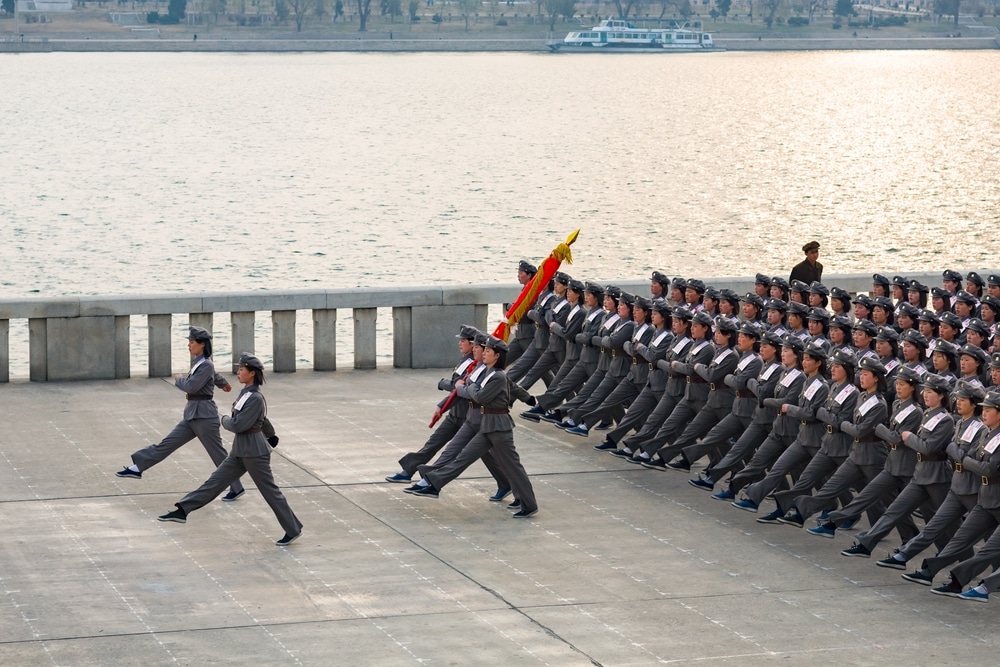On Monday, North Korea executed a military drill involving the firing of short-range ballistic missiles (SRBMs), which was reported by the Korean Central News Agency (KCNA) as a test of “super-large multiple rocket units” simulating a nuclear counterattack. This drill, supervised by North Korean leader Kim Jong Un, was intended to demonstrate the capabilities of North Korea’s nuclear forces, according to KCNA. The missiles were launched from an area near Pyongyang, targeting an island over 352 kilometers away, successfully hitting the designated target.
The exercise was described as a response to the ongoing U.S.-South Korea military drills, which began on April 12 at Kunsan Air Base and involved various joint operations, including an average of 100 sorties per day. North Korea views these exercises as provocations, with state media reporting them as incitements of “war fever.” On Thursday, a joint airborne infiltration drill by U.S. and South Korean Special Operations Forces was also highlighted by KCNA as part of the provocations.
The U.S. Indo-Pacific Command acknowledged the missile launches, stating they were closely monitoring the situation and maintaining their ironclad commitment to the defense of South Korea and Japan. Meanwhile, the South Korean Joint Chiefs of Staff tracked the missiles, noting they traveled about 300 km before landing in the East Sea (Sea of Japan), describing the launches as a serious threat to regional peace and stability.
Japan’s Ministry of Defense also confirmed the missile launch, noting it traveled more than 250 km and reached an altitude of approximately 50 km, strongly condemning the action as a violation of United Nations Security Council resolutions and a threat to international security.
This missile test is part of a broader pattern of increased military testing by North Korea, which claims these actions are regular parts of its defense activities unrelated to international tensions.
Expanded Coverage:






